Explore with Ersilia contains affiliate links and is a member of the Amazon Services LLC Associates Program. If you make a purchase using one of these links, I may receive compensation at no extra cost to you. affiliate links are how we keep this content free. A huge thanks if you use these as it helps a lot! See the Full Policy for more information.
Let me tell you about the Loire Valley, my favourite region in France! It’s like stepping into a fairytale, but with better wine and cheese. Did you know the Loire Valley has over 300 châteaux, yet most visitors only see a handful?
You know how Paris has the Eiffel Tower and the Louvre? Well, the Loire Valley was basically the Disneyland of its time for French royalty and nobility. But instead of Mickey Mouse, you’ve got François I and Catherine de Medici!
The castles of Amboise, Chaumont-sur-Loire, Beugency, and Cheverny, are just a few of the Loire Valley castles that are less known but are definitely worth visiting. They can really help you have a better understanding of the region’s diverse historic heritage.
Why Venture Beyond the Famous Loire Valley Castles?
Ever wondered where French kings escaped when Paris got too hectic? Back in the 15th century, they fled to the Loire Valley, transforming this quiet countryside into the hottest spot in French society!
I’ve called France home for ten years now, and I’m convinced the Loire Valley is where French history truly comes alive. It’s not just about the castles (though there are plenty!) – it’s the scandals, romances, and intrigue that make this place magical.
Picture Leonardo da Vinci tinkering with flying machines in Amboise, or Joan of Arc rallying troops in Chinon. The best part? Unlike crowded Paris attractions, here you can often have entire château rooms to yourself. It’s like a private time machine! (Well, you do have to choose the right time to visit the Loire Valley, but I can help with that!)
Everyone knows about Versailles (I did before moving here on my Erasmus program!), and Google will point you to magnificent Chambord. But what the search results won’t tell you is how packed these famous spots get with tour buses!
The real secret? There are dozens of equally stunning castles nearby where you can have a genuinely peaceful experience, even in summer! Wander gardens alone, join cooking classes in centuries-old kitchens, or even twirl through ballrooms with no one watching.
One such hidden gem began as an 11th-century fortress before Charles VII transformed it into a royal residence. Its claim to fame? Leonardo da Vinci was invited here in 1516, living nearby at Clos Lucé Castle!
By choosing these lesser-known treasures, you’ll discover authentic France while supporting local communities. Save Chambord and Versailles for autumn – these hidden châteaux are where the real magic happens
1. Château d’Amboise: A Royal Residence with Leonardo da Vinci Connections
This medieval beauty began as a fortress in the 11th century before Charles VII transformed it into a royal residence. My favorite historical tidbit? Leonardo da Vinci was invited here by King Francis in 1516, living just next door at Clos Lucé!
The castle’s blend of Gothic and Renaissance architecture is absolutely stunning.
Before entering, view it from across the Loire River for the most spectacular perspective – seeing the entire village with this magnificent castle perched on top is worth the extra steps!
Once inside, the elegant terraces, beautifully maintained “jardins à la française,” and breathtaking views of the Loire River will captivate you. Don’t miss the Saint Hubert Chapel! I visited on a quiet spring morning and felt like royalty having spaces all to myself – history buff or not, this place will leave you spellbound.
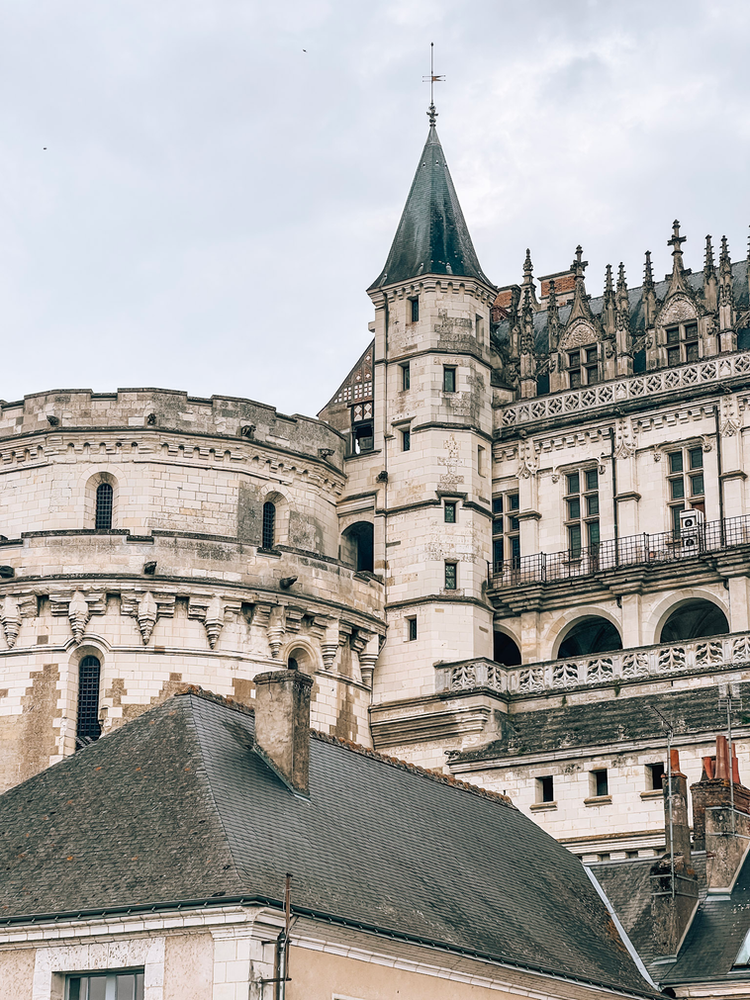

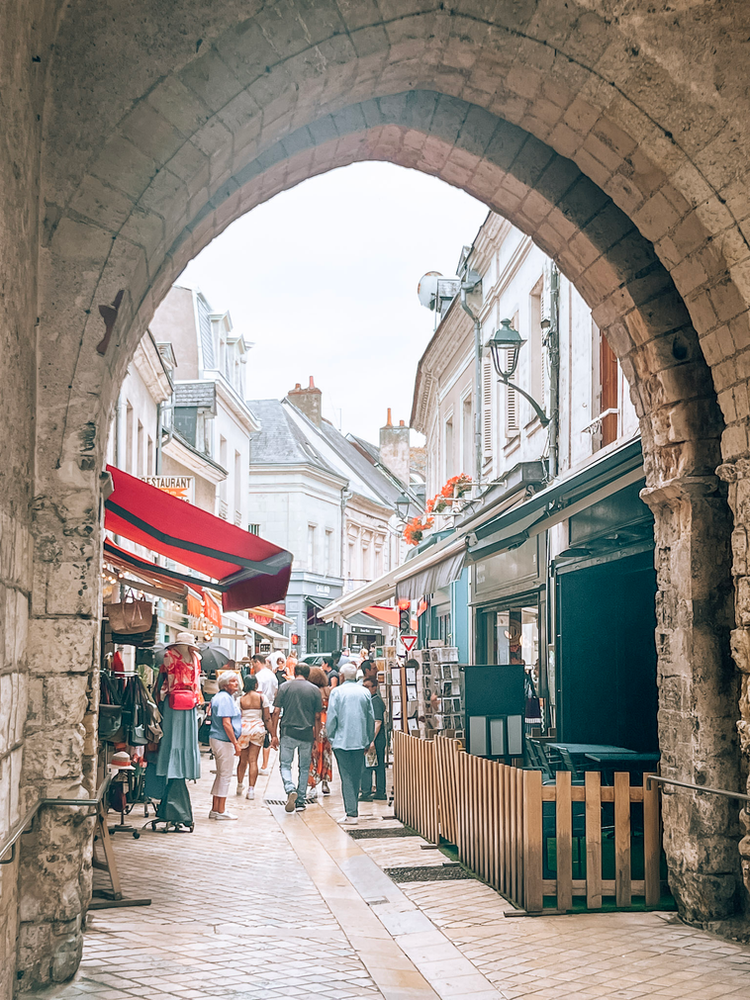
2. Château de Chenonceau: The Ladies’ Castle Spanning the Cher River
I’m just going to say it – Chenonceau is definitely my favorite castle in the Loire Valley! There’s something magical about its unique design, elegantly spanning across the River Cher.
In summer, you can rent a canoe and paddle right underneath those massive stone arches – an experience you’ll never forget!
Most tourists miss the fascinating detail that the castle’s kitchens and servants’ dining rooms are actually built into the stone foundations of the bridge! These five towering pillars don’t just support the structure – they house hidden rooms where life buzzed below while nobility danced above.
Sometimes I close my eyes and imagine Catherine de’ Medici herself dancing in that grand ballroom that seems to float over the water, completely unaware of the servants bustling below.
They call it “The Ladies’ Castle” for good reason. From Katherine Briçonnet who first built it, to Diane de Poitiers (the king’s favorite!) who added that iconic bridge, to Queen Catherine who claimed it after her husband’s death – powerful women shaped every inch of this place. Each added her own touch, transforming Chenonceau into a symbol of female elegance and power that still captivates visitors like me centuries later.
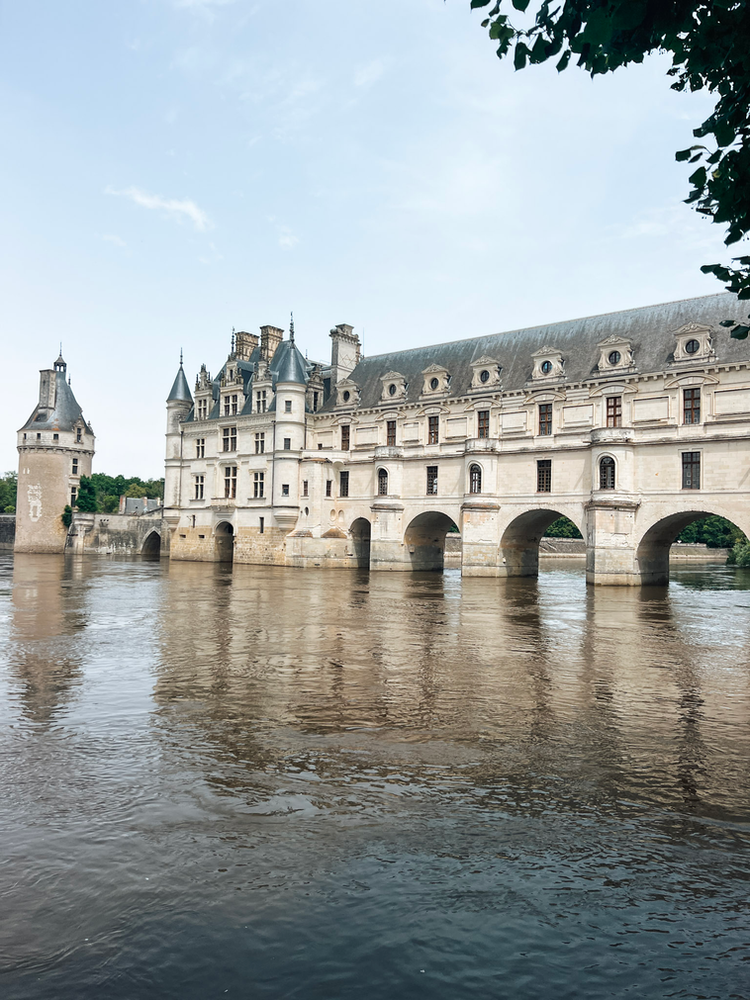
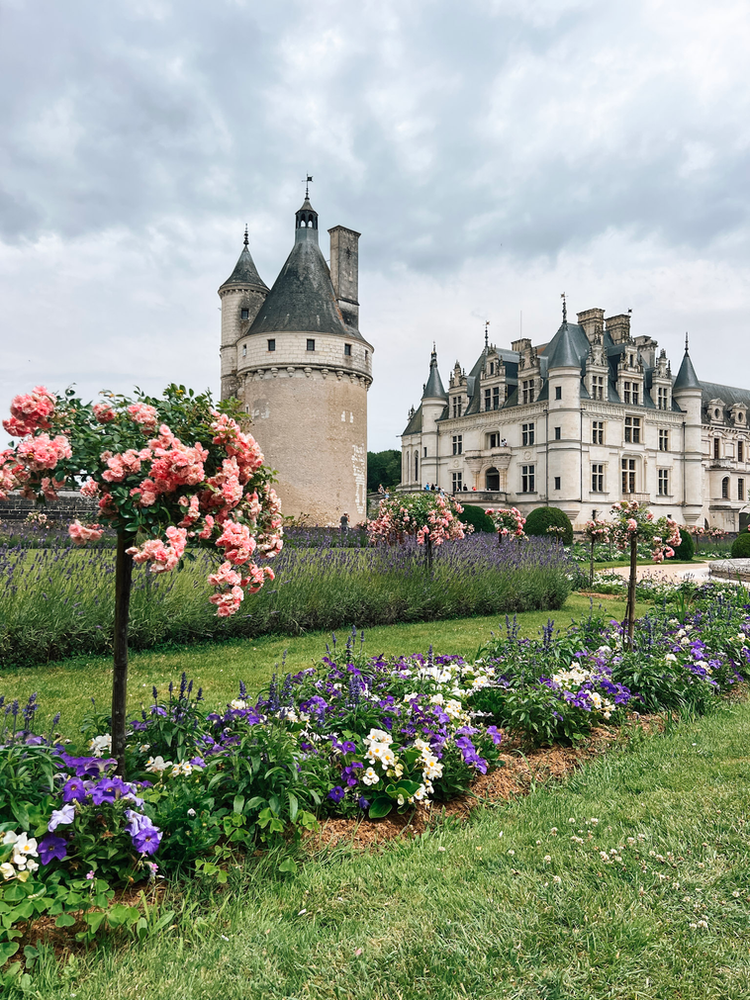
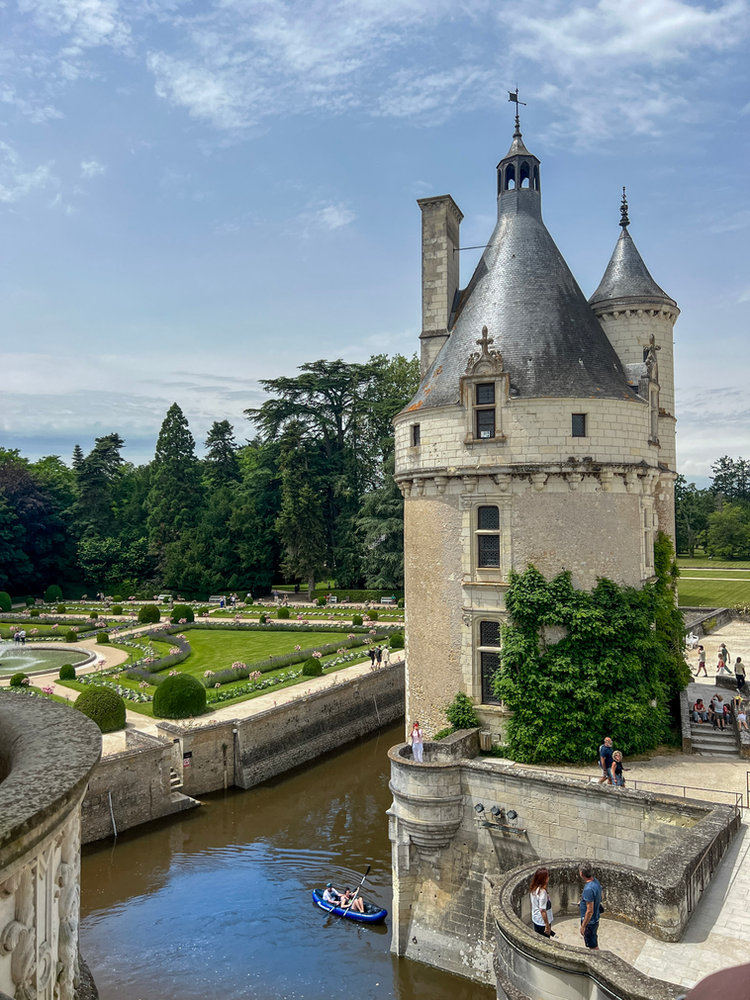
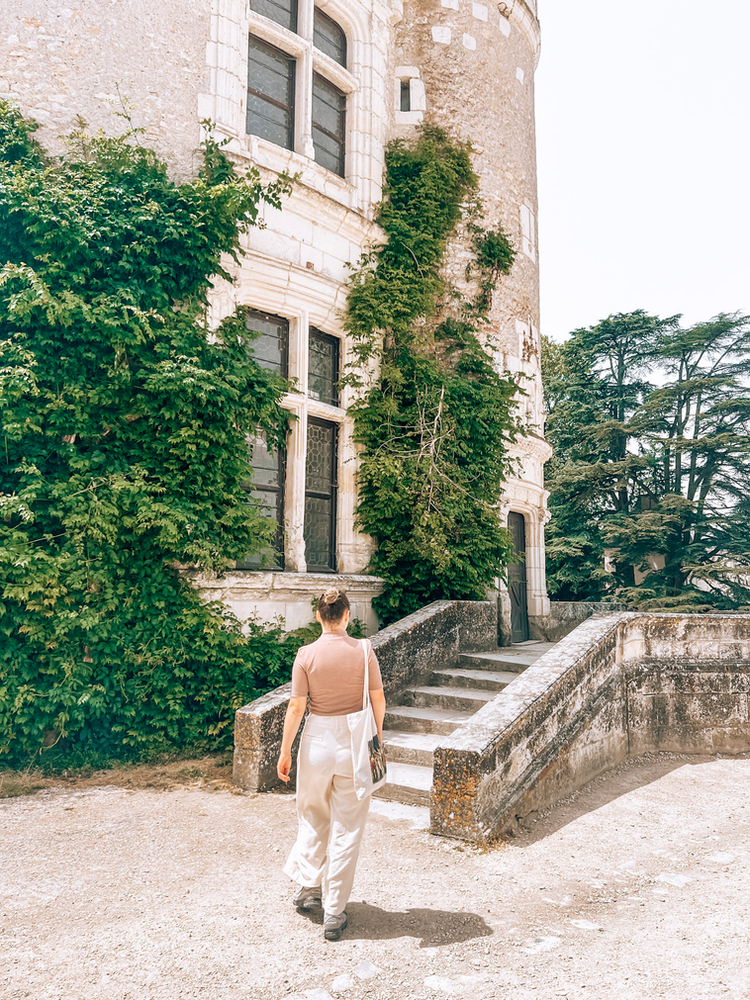
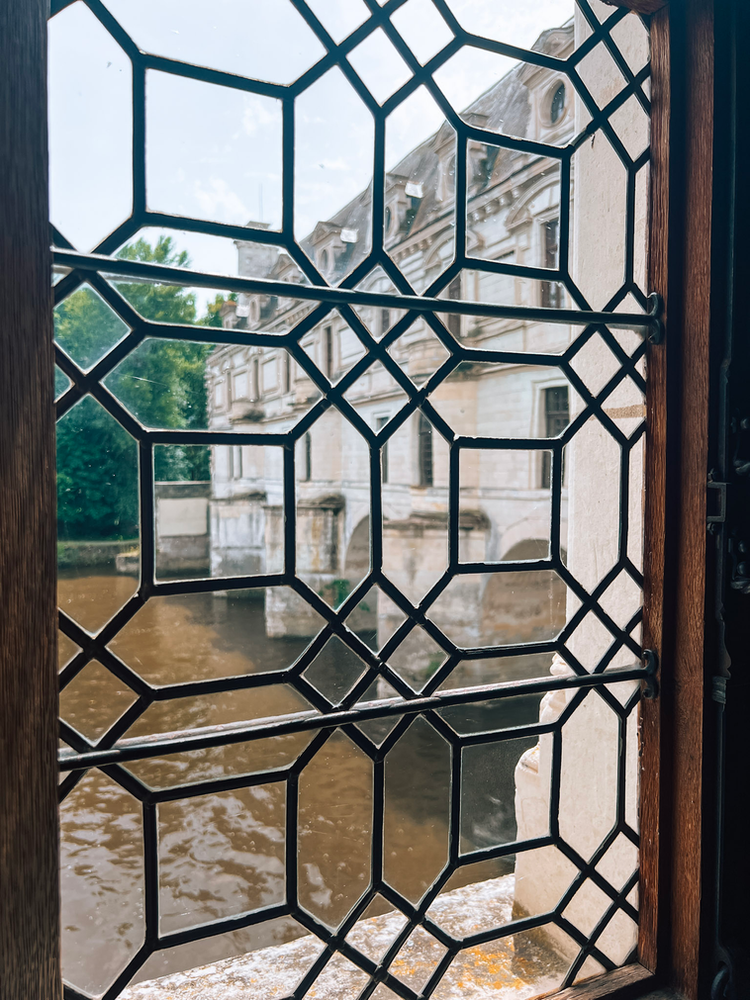
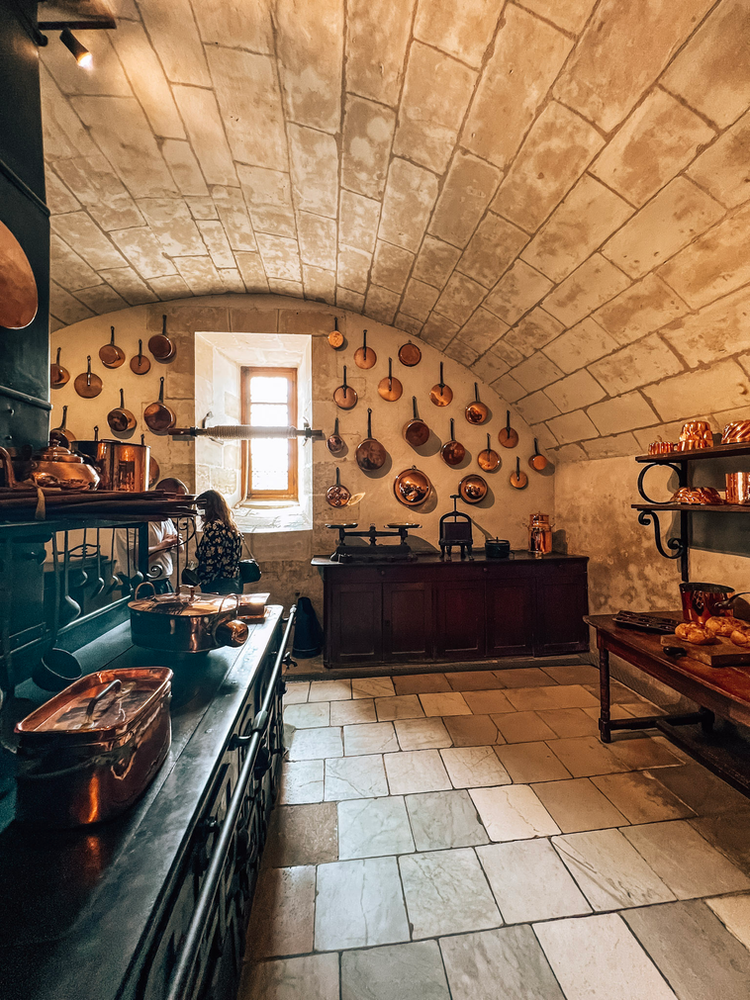
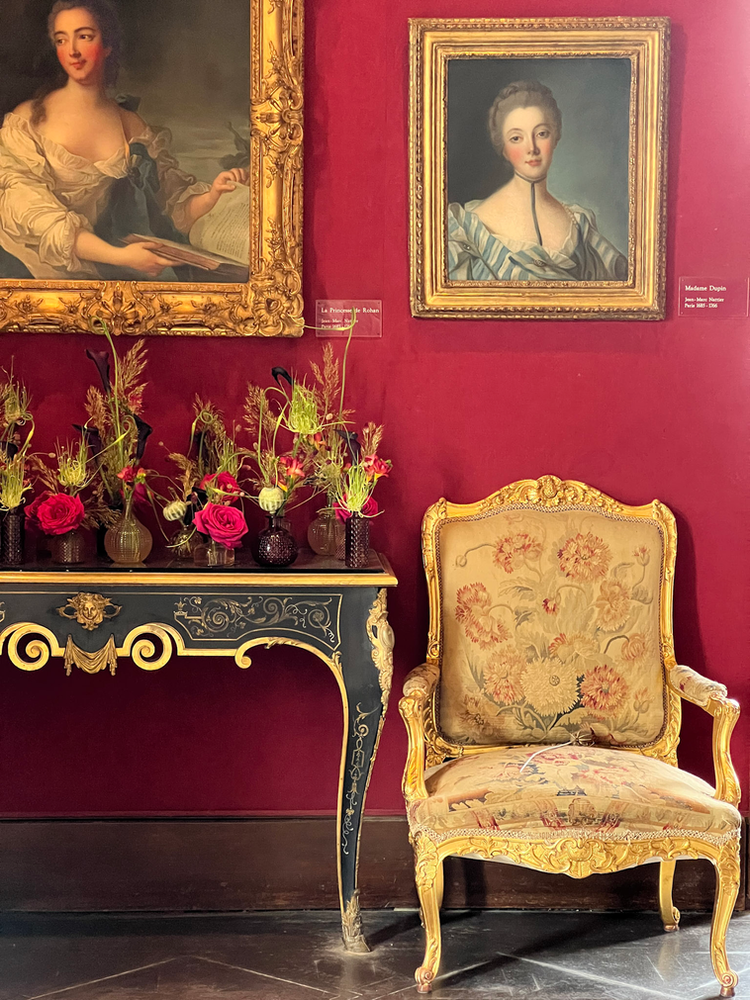
The gardens at Chenonceau Castle are a highlight not to be missed, offering two completely different experiences.
Diane de Poitiers’ garden is known for its symmetrical elegance well know in the french gardens style (perfectly traced paths, fountains, and a central pool framed by vibrant flowerbeds).
In contrast, Catherine de’ Medici’s garden has a more intimate charm, featuring winding pathways and terraces that overlook the River Cher, providing stunning views of the castle.
These iconic gardens are the perfect place to shoot your travel photo, each of them having an incredible view over the castle. Be sure to see them both, as the perspective changes.
Do not miss the rest of the domain, there are so many thinngs to discover ! Be sure to check the the farm and flower garden (the flowers in the castle are still coming from here ! very local, very french ! ) , the Orangerie, the Maze and the former stables (they host multiple expositions).
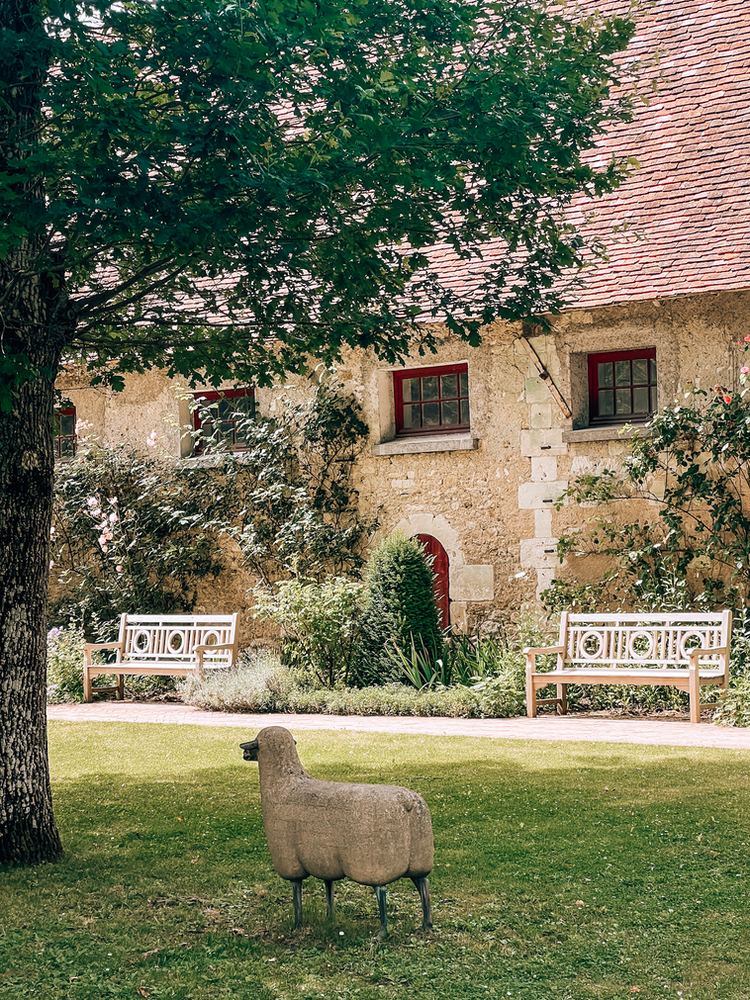
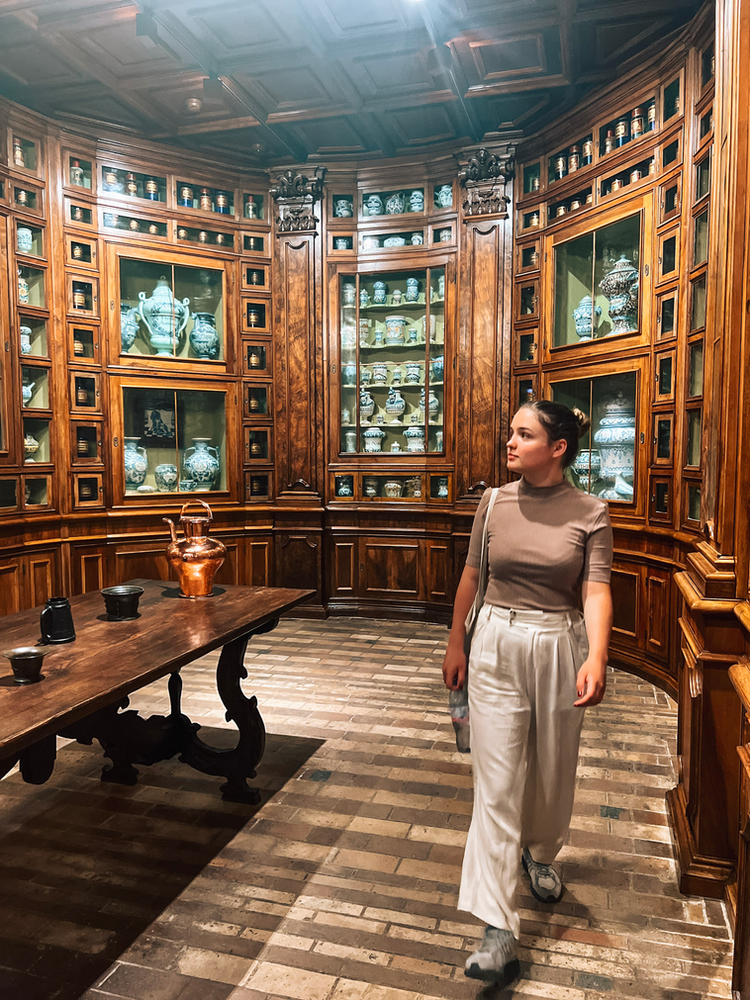
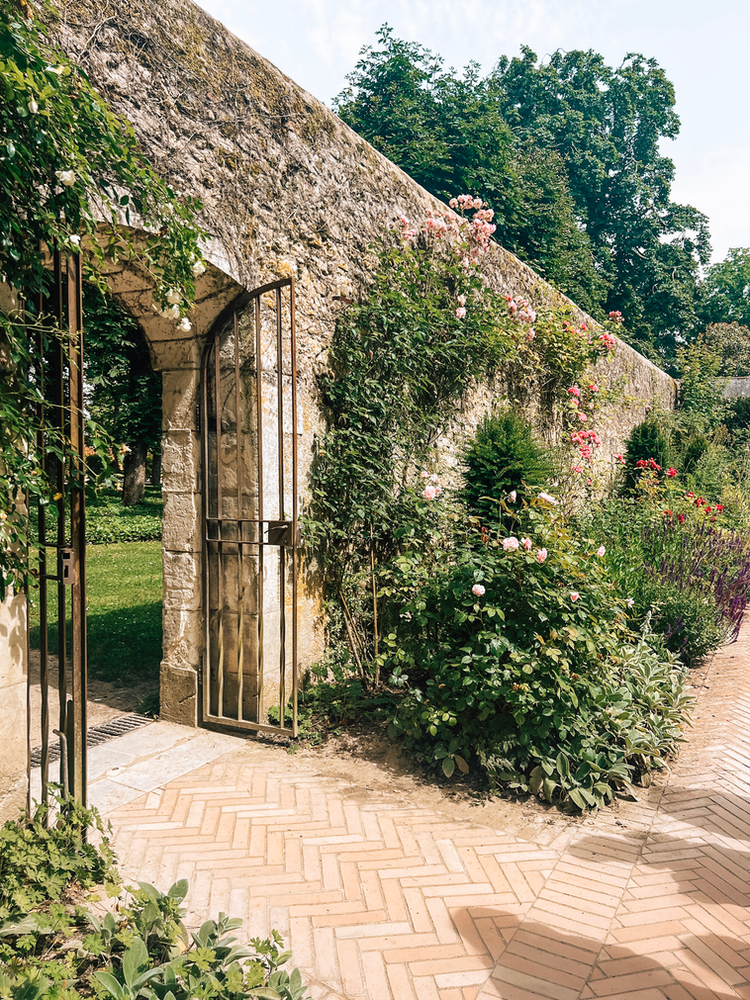
3. Château de Chaumont-sur-Loire: Home to the International Garden Festival
The Château de Chaumont-sur-Loire is seriously something else. Not just another pretty castle – it’s also home to one of the coolest flower events in Europe. (The Dutch have their tulips, but the French have roses, you know?)
This is probably the most photogenic castle in the region, if you ask me. It’s surprisingly easy to get that perfect shot without random tourists photobombing you! Walking through these imaginative gardens with that Renaissance château in the background – it’s pretty special.
Around 400,000 visitors come here each year, which might sound like a lot until you realize Chambord gets about 2 million, and Versailles a whopping 15 million! So it’s still relatively peaceful.
The real draw at Chaumont is the International Garden Festival that’s become a favorite for nature and art lovers. I stumbled upon this castle back in 2018 after moving to France. My in-laws live nearby, so it was one of my first castle visits. Didn’t expect much, but wow – what a find! It’s always in my top 3 recommendations when friends visit the Loire Valley.
The castle’s history is pretty fascinating too. It started as a medieval fortress before becoming the elegant Renaissance place you see today. Everyone from kings and queens to Catherine de’ Medici has left their mark here.
But the garden festival is the real star. Each year, it transforms the grounds into this creative wonderland.
Some might find it a bit strange, but the French call it “décalé” – basically means “weird” but in a fancy way. You’ll walk from the “sheep garden” with cotton instead of grass to water gardens, tropical greenhouses and amazing flower displays. Definitely worth checking out if you’re in the area – don’t skip it!
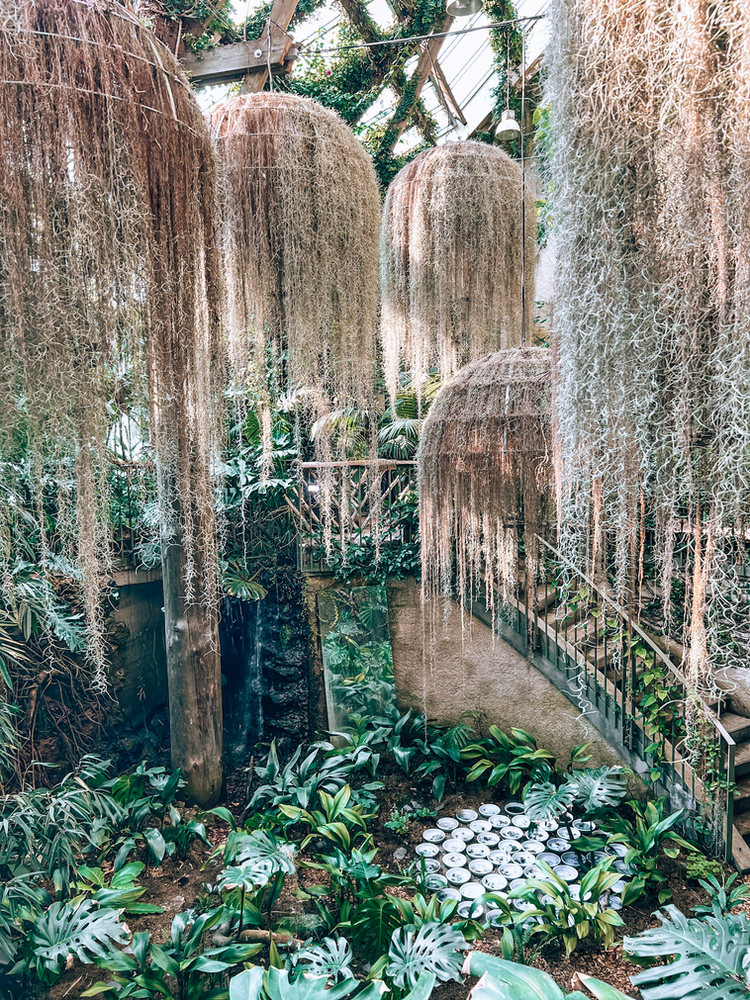
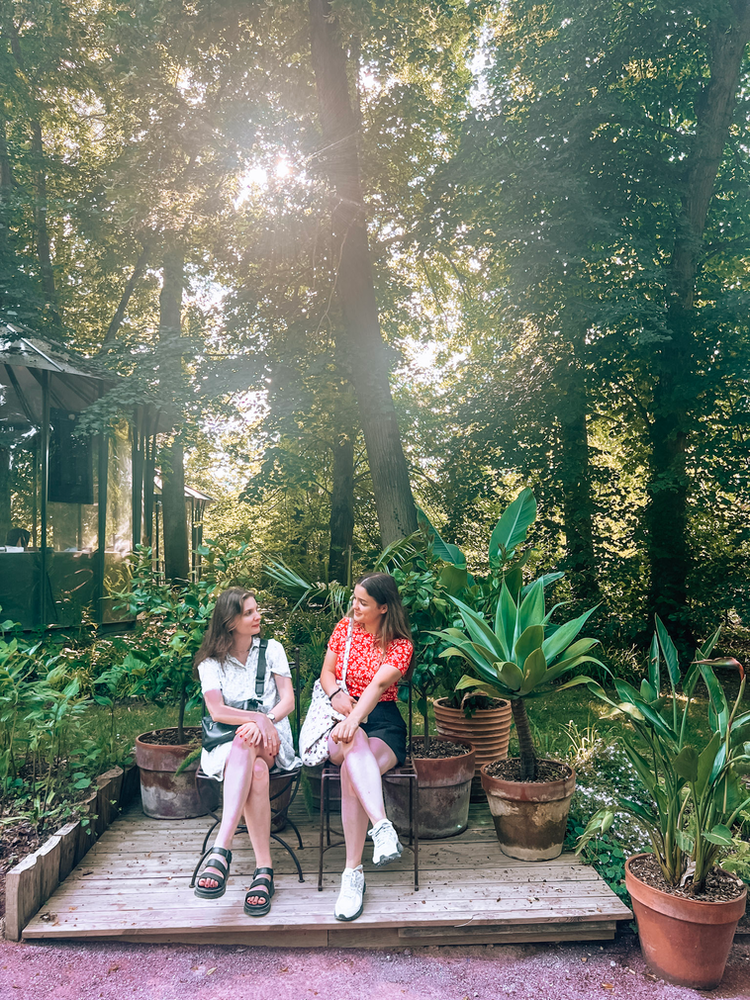
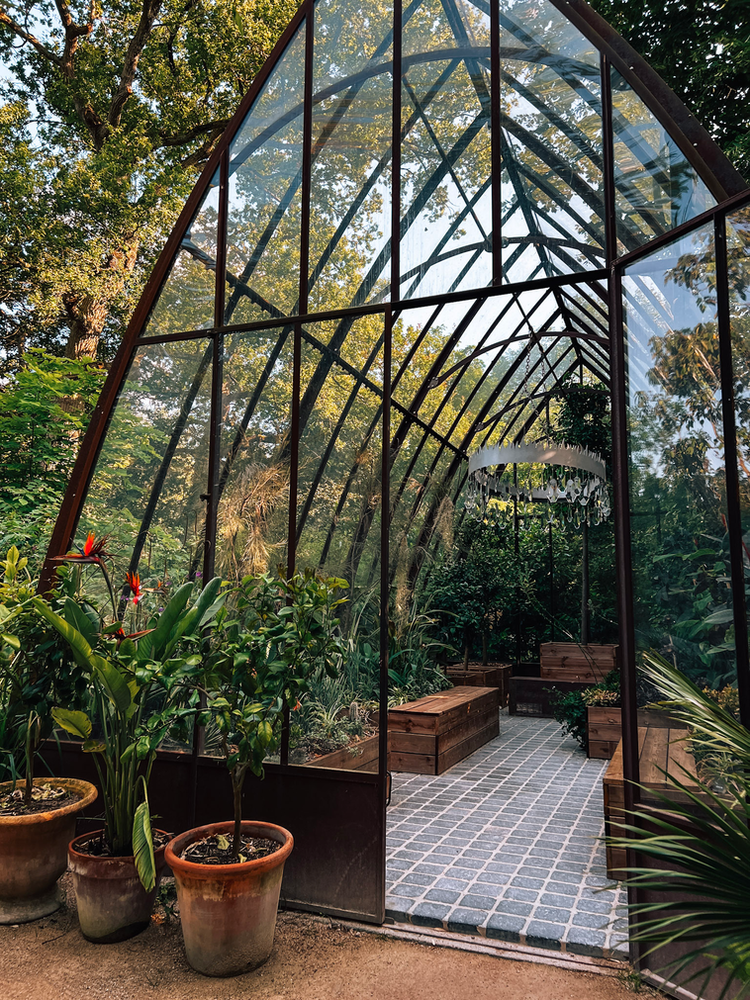
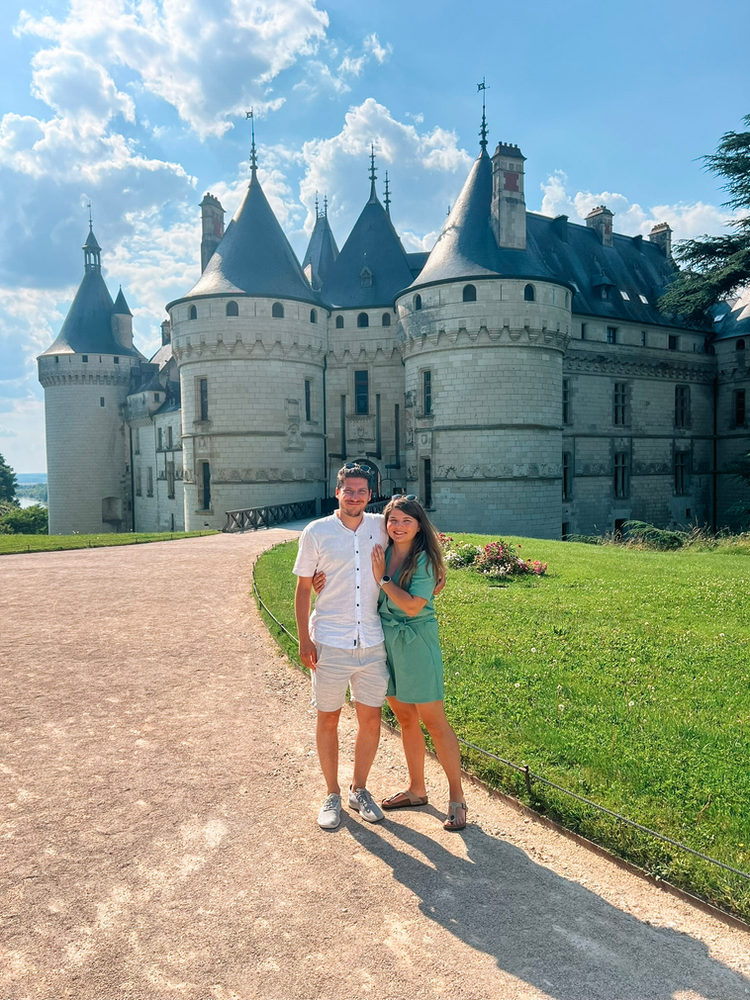
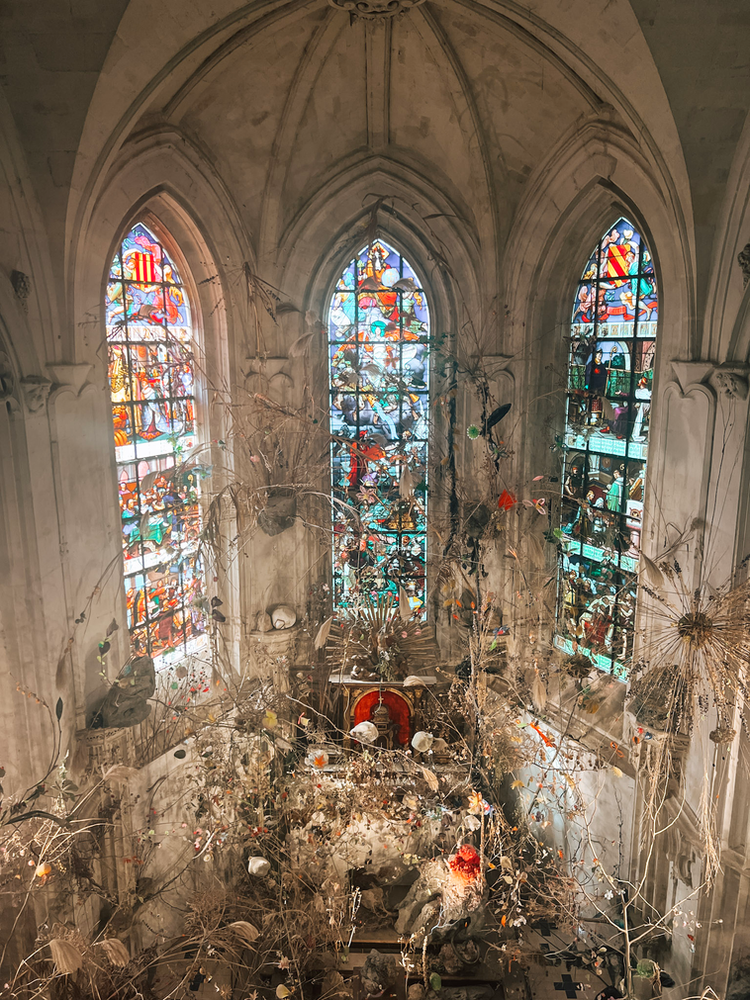
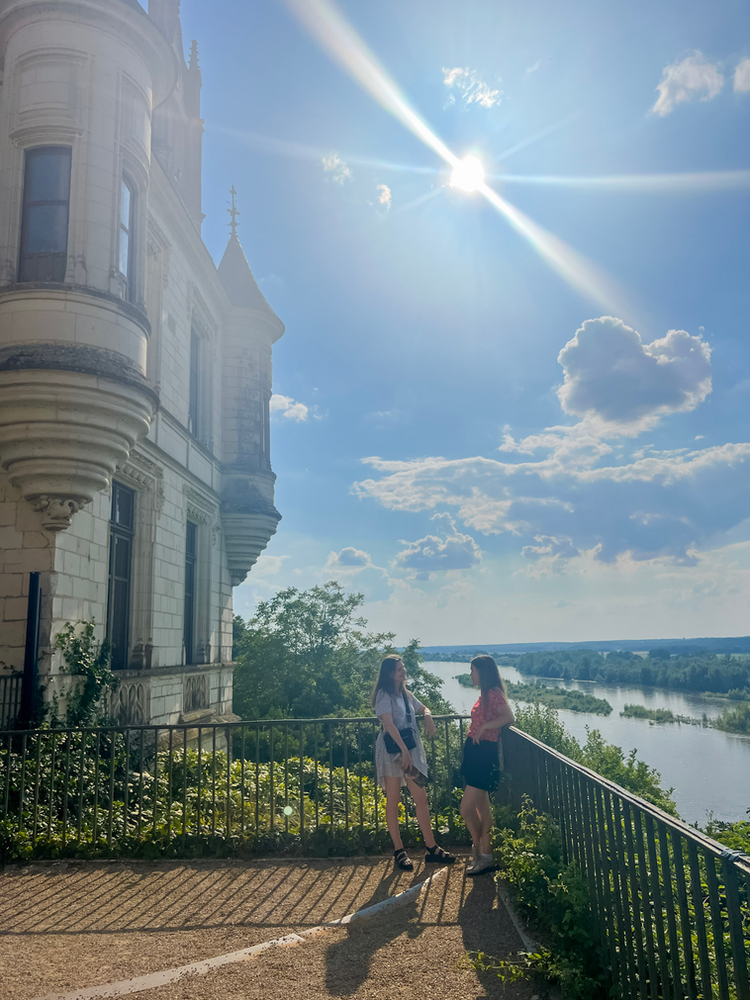
4. Château de Beaugency: A Medieval Gem on the Banks of the Loire
The Château de Beaugency is one of those places that makes you wonder why it’s not on everyone’s Loire Valley itinerary. This medieval fortress rises above the misty Loire River, its old stones holding a thousand years of French history.
Did you know it started as just a simple watchtower back in the 10th century? From those beginnings, it grew into this fascinating mix of medieval and Renaissance architecture. When I first saw that massive 11th-century keep, I just stood there thinking about all the people who’ve walked through these gates over ten centuries.
The town of Beaugency itself is worth exploring too. The Devil’s Tower and the old stone bridge spanning the Loire are pretty impressive.
The locals love telling visitors about the bridge legend – apparently, the devil helped build it in exchange for a soul, but the clever townspeople sent a cat across first, tricking him into accepting an animal soul instead! Now he’s supposedly trapped in that stone tower forever, watching people cross his bridge. Pretty creative solution, right?
What really gets me about this place is its historical significance. Joan of Arc actually walked through these halls. Sometimes when I visit these quieter historic sites, I feel like you can connect with history better than at the famous crowded châteaux where you’re shuffling along with hundreds of other tourists.
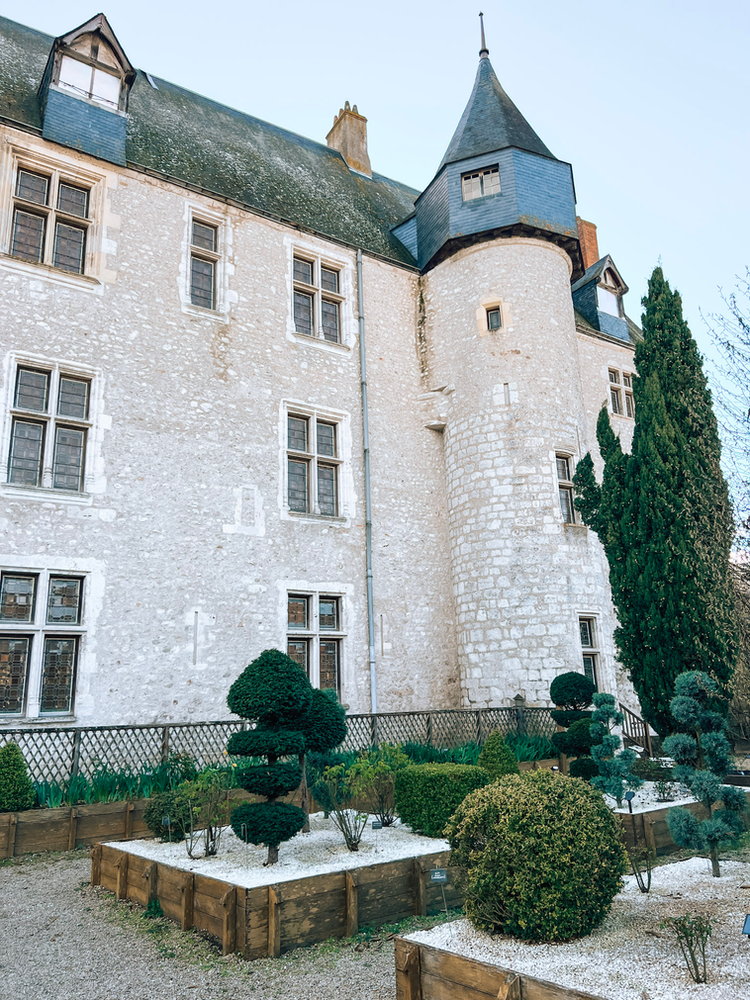
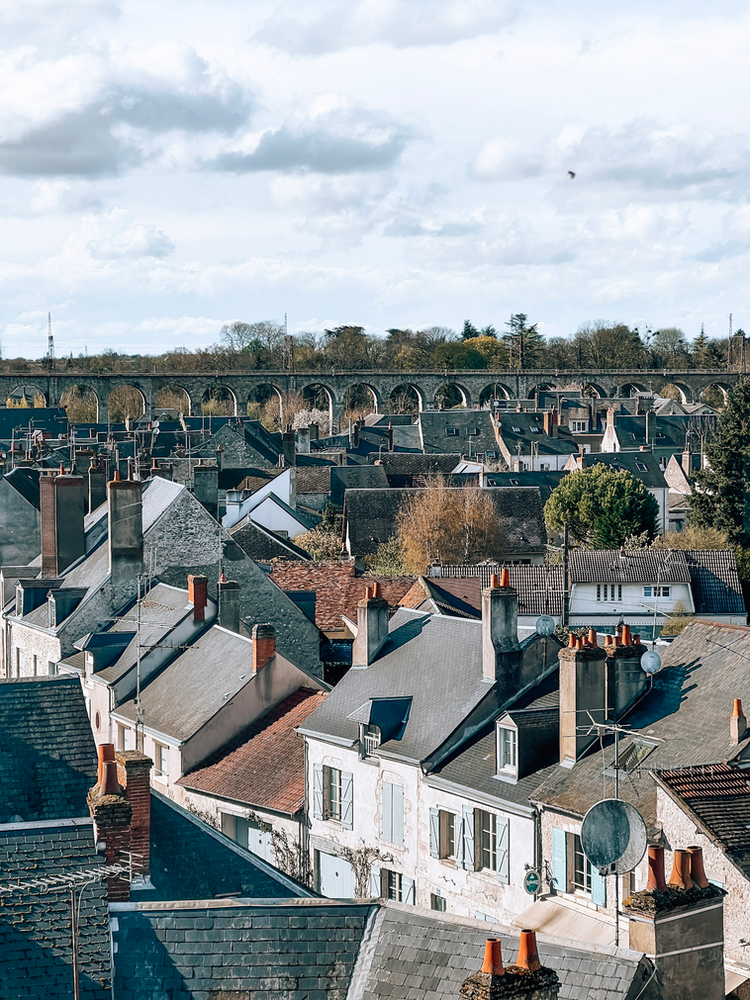
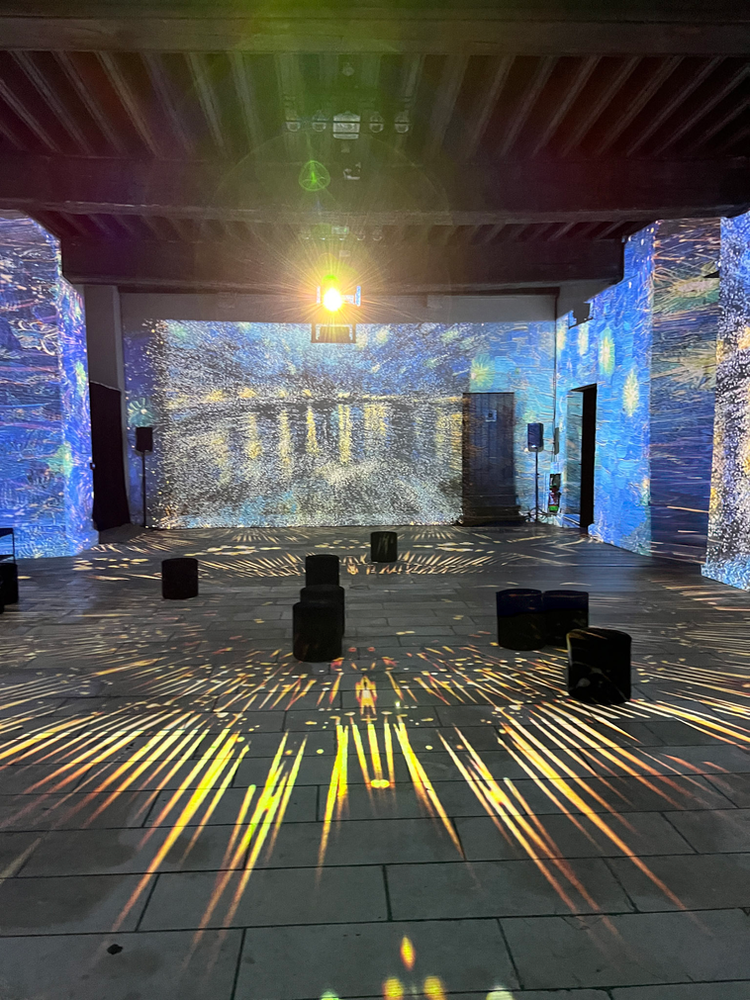
The french re-invented the place (as they often do), so now you can enjoy a light exposition while touring through the castles. It makes it a lot more dynamic! I completely recommend this little gem of history, don’t miss it! It also makes a great base to discover the region.
5. Château de Cheverny: The Inspiration Behind Tintin’s Marlinspike Hall and a Symbol of Timeless Elegance
Imagine walking into a real-life comic book setting! That’s exactly what Château de Cheverny feels like – this 17th-century marvel is where history and pop culture come together in the most unexpected way.
Built in the early 1600s, this elegant château has been in the de Vibraye family since the 18th century. Not many families can claim a castle as their heirloom, right?
The coolest part? This isn’t just any castle – it’s the inspiration for Marlinspike Hall in the Tintin comics! Hergé, the creator of Tintin, fell in love with Cheverny’s classic beauty and decided to immortalize it in his stories. When I visited last summer, I couldn’t stop comparing the real building to the illustrations I’d grown up reading.
The family still lives in part of the castle, which gives it this lived-in feeling that many other Loire châteaux lack. You can feel the difference as soon as you walk through the doors.

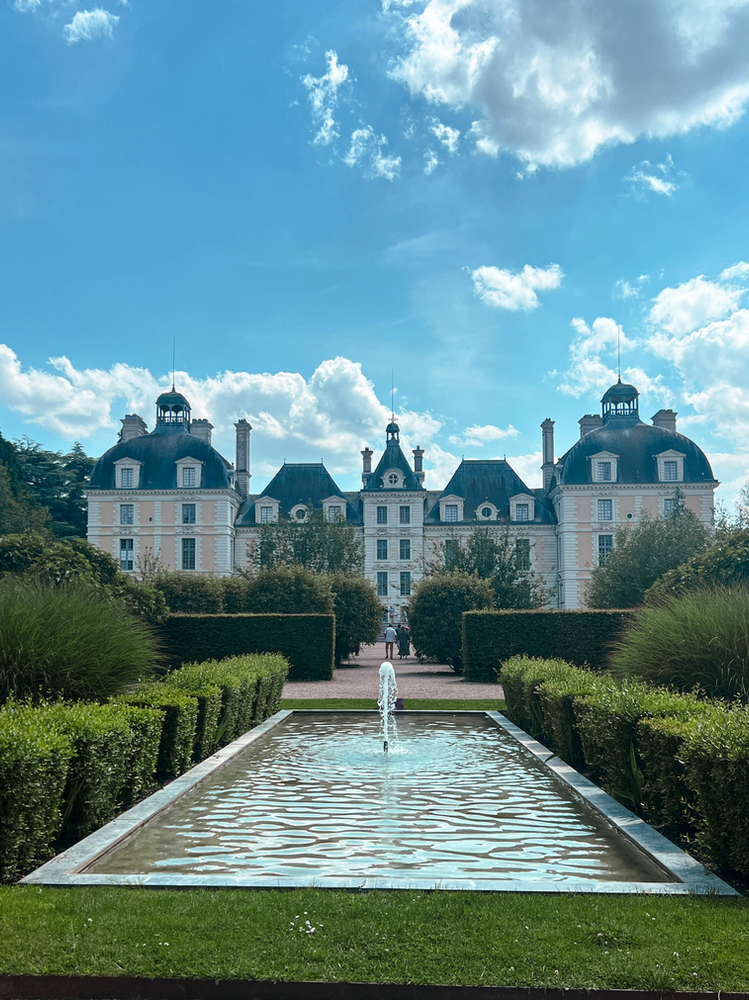
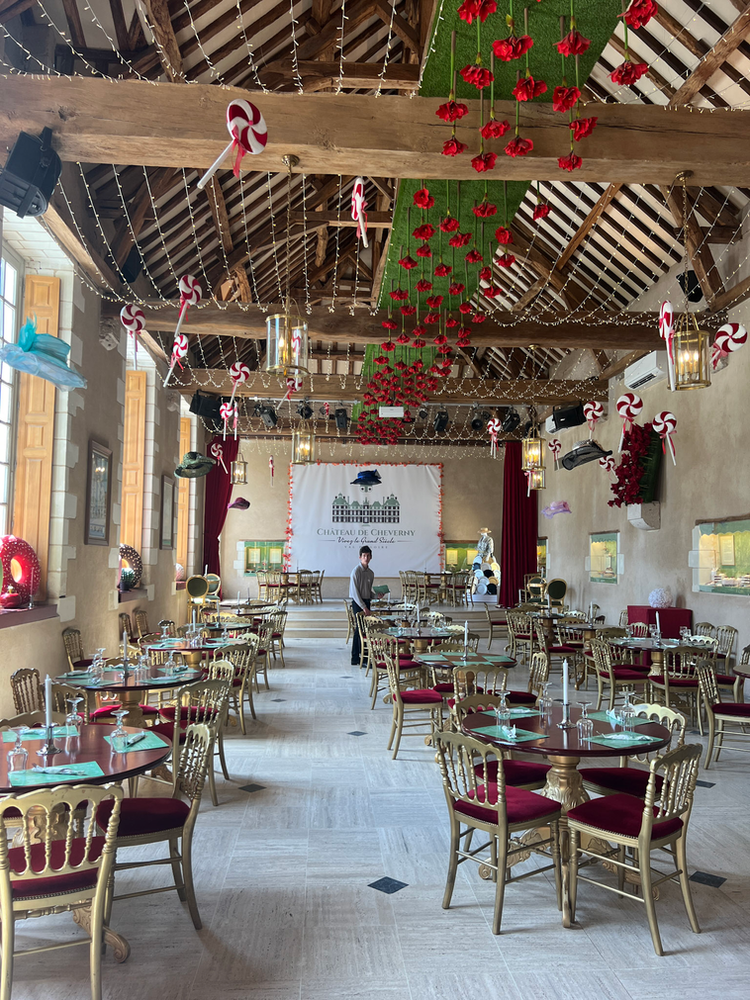
Step inside Cheverny and you’ll feel like you’ve wandered into another century. The interiors are so well-preserved that I half expected to bump into Louis XIV around a corner! The King’s Chamber really blew me away – that ornate ceiling is something else. And get this – the castle has one of only two 17th-century birth beds left in France. I stood there thinking about all the aristocratic babies who made their grand entrance on that very bed.
The gardens here are pretty special too. I spent an hour just wandering through the Apprentices’ Garden, which manages to be both beautiful and educational. The Love Garden (yes, that’s really its name) is where I sat reading for a while – such a peaceful spot.
What I love about Cheverny is how they make history fun. Last time I visited, I took a Segway tour around the estate – way more entertaining than your typical audio guide! They also organize treasure hunts for kids throughout the grounds, which I saw families absolutely loving.
If you can time your visit for Christmas or Easter, do it. The holiday decorations are incredible – Christmas markets have nothing on Cheverny! At Easter they do this huge egg hunt where you actually get to keep the chocolate you find (unlike some places that make you trade tokens for candy).
I first came here with my family and loved the peaceful atmosphere.
Oh, and don’t miss the picture frame installation they’ve set up at the side of the castle – it’s perfect for group photos without needing to ask a stranger to take your picture.
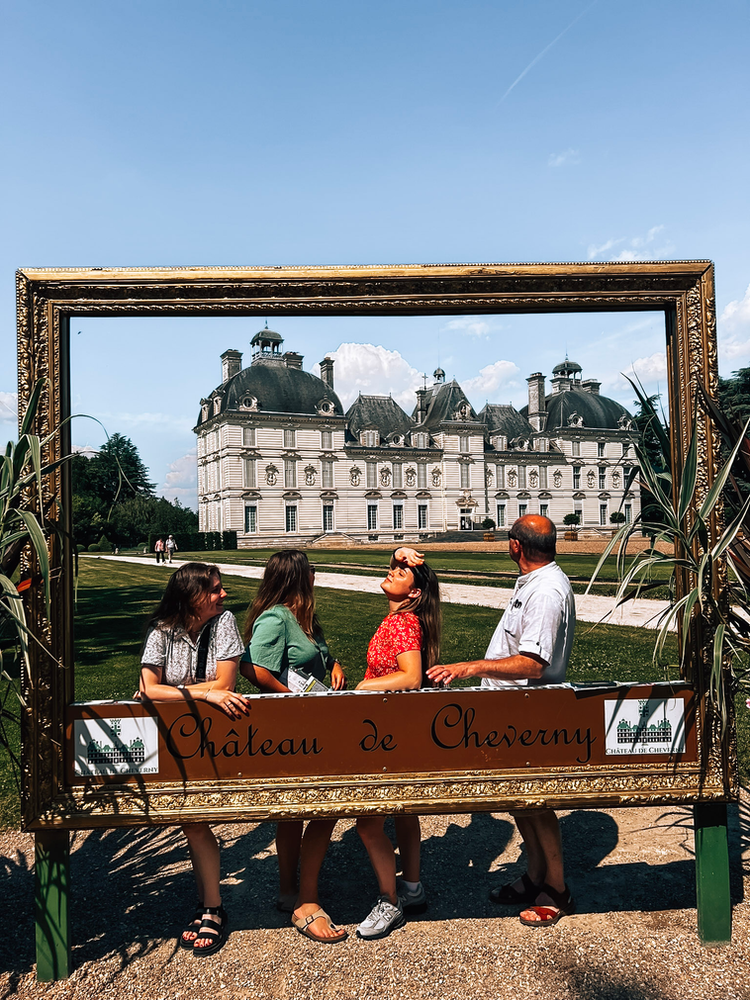
6. Château de Sully-sur-Loire: A Medieval Fortress with a Rich History
Château de Sully-sur-Loire is one of those places that makes you feel like you’ve stepped back in time. This medieval fortress from the 14th century has seen it all – wars, revolutions, you name it. Its silhouette against the village backdrop is pretty striking, especially during my evening walks around the nearby lake.
Crossing the drawbridge gives me goosebumps every time. Those massive walls and strategic design, the weathered stone and interior courtyard – they transport you to another era. I catch myself wondering what daily life was like when this place was actually functioning as a fortress, not just a tourist spot.
Like many Loire castles, Sully has some impressive historical connections. Joan of Arc herself walked these halls. Sometimes I try to imagine her conversations echoing through these stone corridors (before her unfortunate end, but we don’t need to dwell on that).
If you happen to visit in May, try to catch “Les Heures Historiques” festival. Last year I stumbled upon it by accident and ended up spending the whole day watching historical reenactments. People dress in period costumes, demonstrate medieval crafts, and serve traditional food. I tried some kind of spiced wine that was surprisingly good!
Being a bit of a history nerd myself, I found Sully-sur-Loire to be less crowded than the more famous châteaux, which meant I could take my time exploring without feeling rushed. The staff seemed more willing to chat about the castle’s stories too – always a plus in my book.
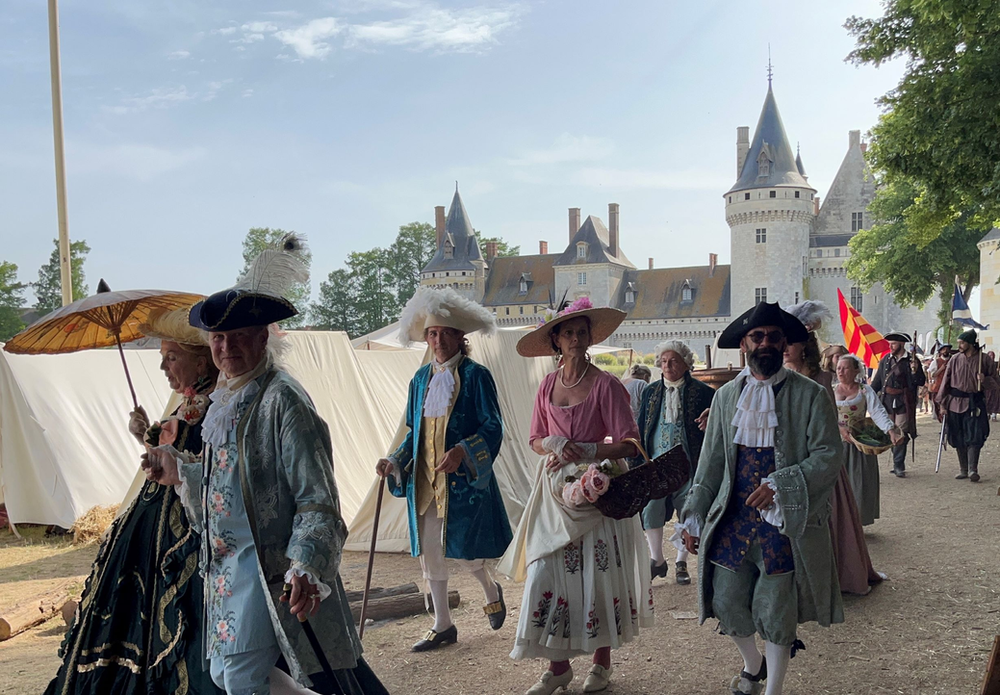
image source : official castle website
7. La Ferté Saint-Aubin, a hidden gem nestled in the heart of France’s Loire Valley
Just a quick drive from Orléans (less than 20 minutes) and Chambord (about 30), sits Château de la Ferté Saint-Aubin, surrounded by moats and the Cosson River. This 17th-century castle might not be the most famous in Loire Valley, but it became one of my favorites after visiting last spring.
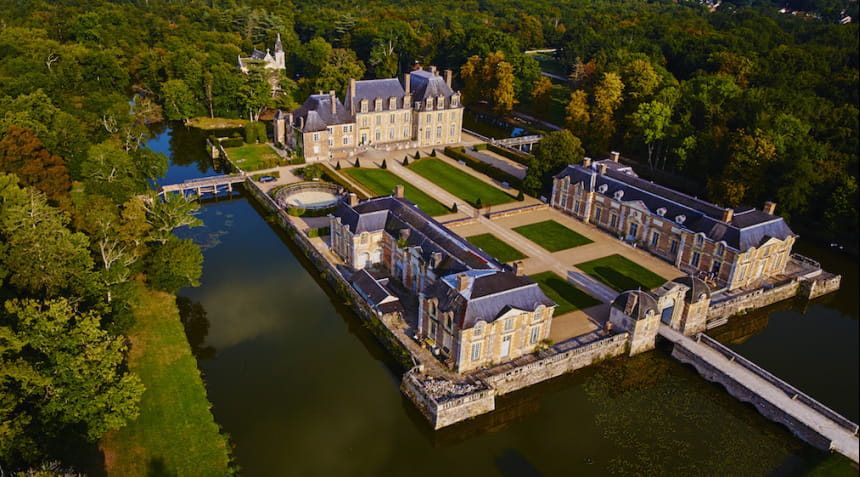
image source : the official castle website
The kitchens are something special – built in the 18th century and still functioning!
If you visit during school holidays or on Sundays, you can watch them make traditional madeleines right before your eyes. They even hand out free samples fresh from the oven. I saw kids absolutely loving this part of the visit.
Built for François de Saint-Nectaire, this castle has survived some dramatic moments – it narrowly escaped destruction during the French Revolution and stood witness through World War II. In 1654, Henri de La Ferté-Senneterre (a Marshal of France, no less) gave the castle its current name.
The architecture blends medieval elements with Renaissance elegance. Those towers remind you of its fortress days, while the symmetrical facades with large windows show the shift toward comfort. The grand staircase made me feel like royalty for a moment – definitely worth a photo!
The permanent toy exhibition surprised me – it’s fascinating to see how children played centuries ago. There’s something both beautiful and slightly eerie about those old dolls and games.
The grounds are absolutely gorgeous – 40 hectares of gardens and forest to explore. Don’t miss the ornamental pond with its picturesque bridge. Those ancient cedar trees provide perfect shade on hot days.
Fun fact: every July, the castle hosts an electronic music festival called Cocorico Electro. The 2025 event happens on July 14th. You can either join the party (I’m going!) or plan your visit for a quieter time. Your call!
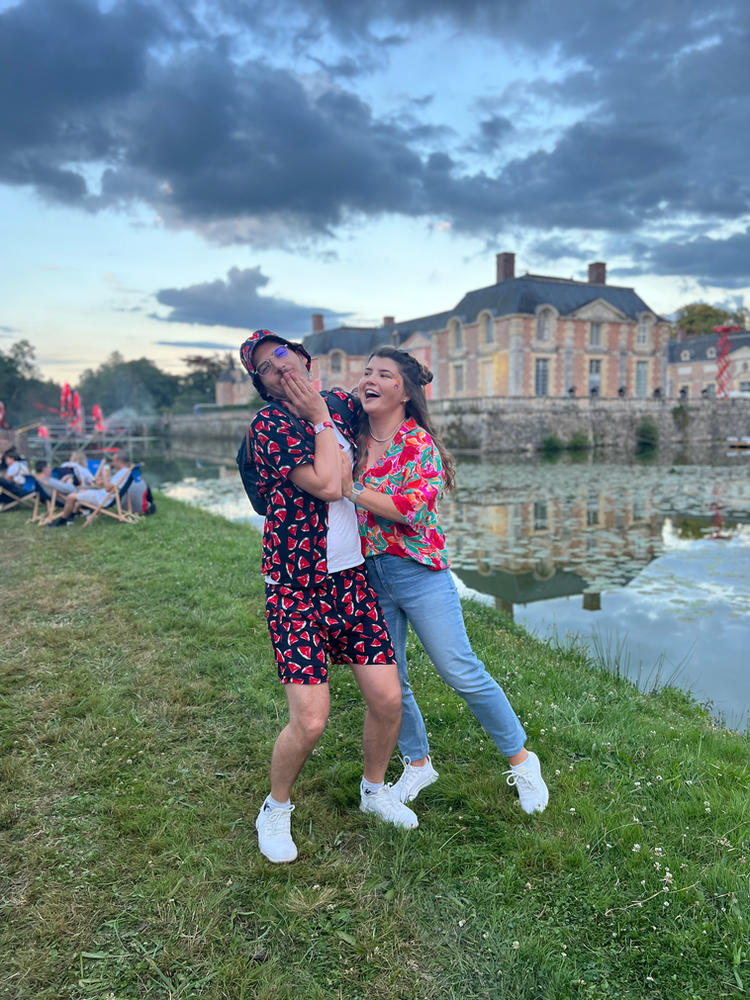

BONUS: Château de Chambord: The Largest Château in the Loire Valley and a must visit !
The One that everyone wants to see and once you visit, you understand why.
This huge castle, situated at 17 km from Blois, was built by Francois the First but he only got to sleep in it once!
It is believed that Leonardo da Vinci has contributed to its construction and designed the world famous helix staircase that connects the floors. Two persons wan take the staircase at the same time without ever crossing each other.
It as built like to encourage filtring ! Can you imagine? They surely had time on their hands!
Planning Your Loire Valley Château Adventure
If you are ready to plan your castle adventure, the best time to plan it would be during the months of April, May, June, July and then September to November. The time to avoid would be the month of August as the temperatures go high and the crowd go even higher due to the imposed summer holidays in France and in Europe.
The best way to get around is to rent a car as no bus easily connect all the sites together. You will be able to make a huge economy of time this way.
Another option is taking the trains. The SNCF website gives you the best available options with price comparaisons. You can also compare them on Omio, which is what I do, cause it’s easier.
Still, you have to keep in mind that the trains in France are not always reliable!
If you are a cyclist, or a cyclist in becoming, you might have already heard about “La Loire à Velo”! This incredible 900-kilometer bike route winds its way along France’s longest river, offering breathtaking views of the Loire Valley’s stunning landscapes. So if the car or the train are not an option, consider a bike rental!
The same trip the best places to base would be Blois, Orleans or Tours. These are cute towns located at close distances to castles. The best choice in my opinion is Blois. Here is a map to help you find your stay. It is showing the best hotels around these 3 bases.
Conclusion
As we wrap up our journey through the enchanting world of French châteaux, it’s clear that the Loire Valley holds so much more than meets the eye. Sure, Chambord and Chenonceau are stunning, but don’t forget the magic is waiting at lesser-known gems like La Ferté Saint-Aubin! These hidden treasures offer a unique, intimate glimpse into French history without the crowds!
Venturing off the beaten path in the Loire Valley is like unlocking a secret level in a video game. You’ll find yourself wandering through centuries-old kitchens, marveling at intricate Renaissance carvings, and maybe even picnicking in gardens fit for royalty. And the best part? You might just have these experiences all to yourself!
Remember, every château has a story to tell. By exploring these lesser-known castles, you’re not just ticking boxes on a tourist checklist – you’re becoming part of their ongoing history. You’re supporting preservation efforts and keeping these magical places alive for future generations. How cool is that?
So, what are you waiting for? It’s time to plan your own Loire Valley adventure! Have you already explored some of these hidden gems? I’d love to hear about it! Share your favorite château experiences in the comments below. Did you discover a secret garden? Stumble upon an incredible view? Or maybe you found the best château café in all of France? Your stories might just inspire someone else’s unforgettable journey through the heart of French history!
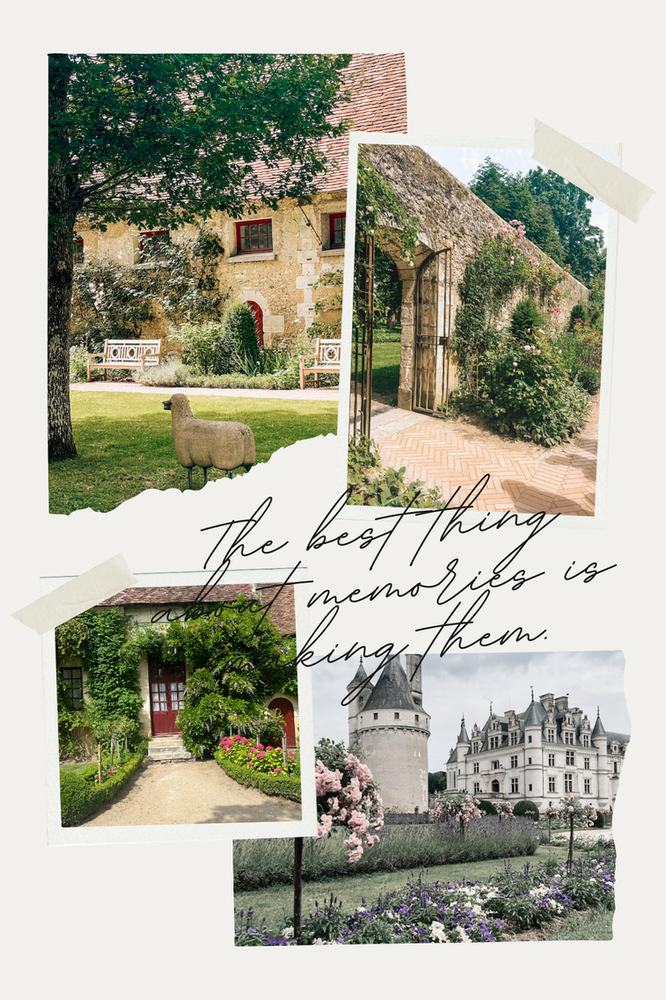
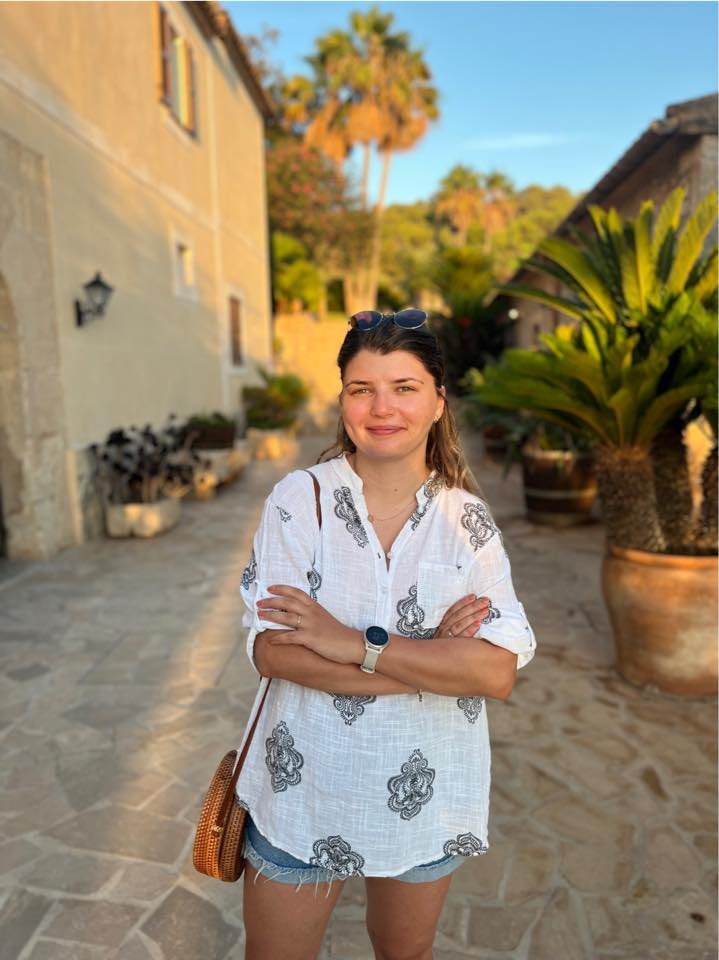
author page / EDITORIAL POLICY PAGE
Hi, I’m Ersilia

Toulouse, France

Originally from Romania

English & French Content
As a Romanian expat living in the heart of southern France, I guide English speakers to discover authentic French experiences without the language barrier. My unique perspective as both a local and an expat allows me to share insider tips, cultural insights, and practical advice that you won’t find in typical guidebooks.
My Expertise:
- French life and culture navigation
- Hidden gems across French regions
- Eastern vs Western European perspectives
- Local insights and practical travel tips
Blog Socials
Personal Pages







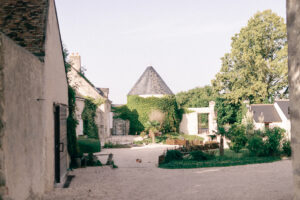

Pingback: Best Castle Tours in Europe: From French Châteaux to Romanian Castles - A Local's Guide (2025)
Pingback: Winter Day Trips from Paris: A Local Architect's Guide to the Best Destinations (2024)
Pingback: French-Inspired Gifts for Francophiles: a guide from a girl living in France